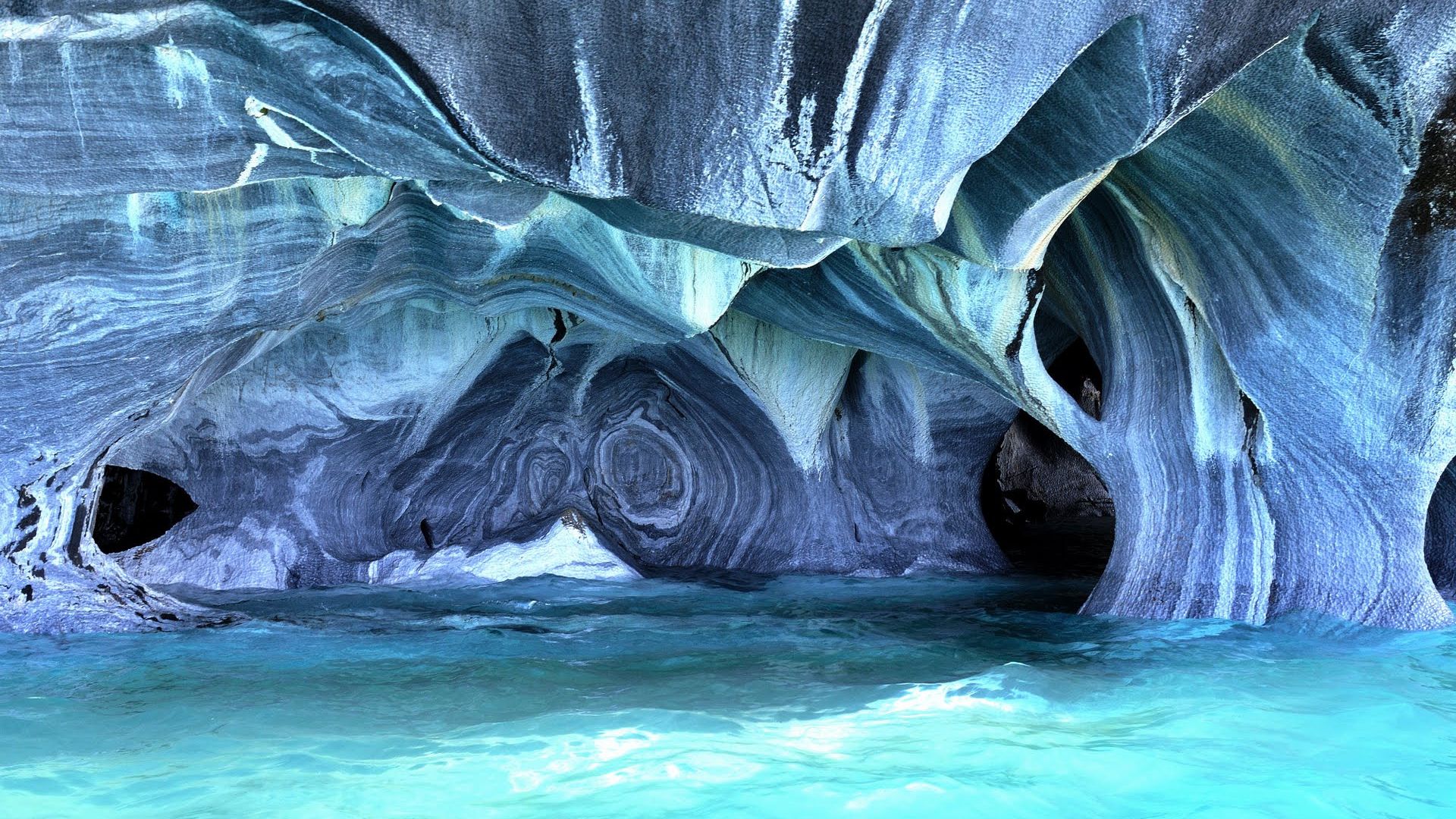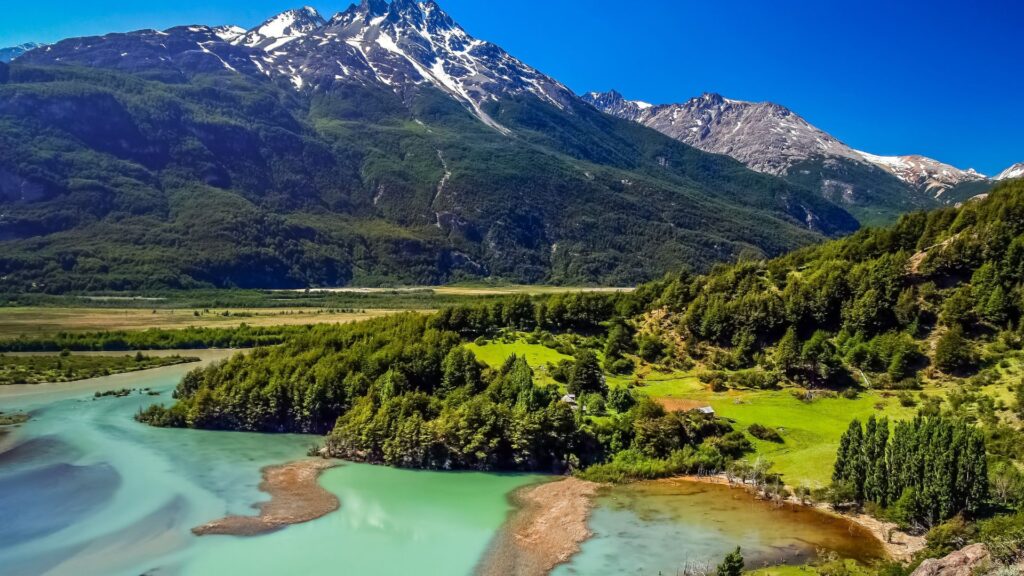Patagonia, a vast and breathtaking wilderness in South America, beckons you with its untamed beauty. Imagine endless stretches of rugged landscapes, where nature unfolds its wonders in every direction. From the towering peaks of the Andes to the pristine shores of its glacial lakes, this place is a paradise for those seeking adventure in the great outdoors.
You'll find yourself surrounded by towering mountains, their snow-capped peaks piercing the sky. These giants of nature, devoid of any human touch, invite you to explore their secrets. Hike through ancient forests, where the whisper of the wind and the rustle of leaves are your only companions.
As you traverse this land, you'll come across turquoise lakes, their waters reflecting the towering peaks that guard them. These serene oases offer a moment of tranquility amidst the rugged terrain. Take a deep breath and absorb the beauty of this unspoiled world.
Wildlife enthusiasts will be in for a treat as Patagonia is home to diverse and unique species. Spot guanacos grazing on the grasslands and elusive pumas silently stalking their prey. Birdwatchers will delight in the sight of condors soaring high above.
For those seeking a taste of Patagonian culture, interact with the warm and friendly locals. Share stories over a mate, the traditional Argentinean tea, and savor the flavors of Patagonian cuisine, featuring succulent lamb and freshly caught seafood.
Patagonia is a haven for adventurers and nature lovers. It's a place where you can immerse yourself in the beauty of the natural world without the distractions of modern life.

atagonia's allure is at its peak during the southern hemisphere's summer, which spans from December to February. This season offers the most favorable weather for exploring the region's stunning landscapes. With milder temperatures and longer daylight hours, outdoor enthusiasts can fully embrace activities like hiking, trekking, and wildlife spotting. Plus, December brings the vibrant Christmas festivities, where you can witness the local traditions and share in the holiday spirit with the friendly Patagonian communities.
For those seeking a quieter experience, consider visiting during the shoulder seasons of spring (September to November) or autumn (March to May). During spring, the blooming flora paints the landscapes in vivid colors, making it ideal for nature enthusiasts and photographers. Autumn, on the other hand, bathes Patagonia in a warm palette of reds and yellows as the foliage changes, providing a unique backdrop for your adventures. These seasons also offer the chance to partake in local celebrations like Independence Day in September and the Fiesta Nacional del Trekking in October, celebrating the region's outdoor culture.
Winter in Patagonia, from June to August, is a time for snow sports enthusiasts. If you're passionate about skiing or snowboarding, this is your season. The towns around the Andes, such as San Carlos de Bariloche, become winter wonderlands, and you can enjoy the tranquility of the snow-covered landscapes. However, do keep in mind that some areas may be less accessible due to weather conditions.
Currency: In Patagonia, the local currency is the Argentine Peso (ARS). It's advisable to carry some cash in smaller denominations for small purchases, but credit cards are widely accepted in larger towns and cities.
Language: Spanish is the primary language spoken in Patagonia. While some people may understand basic English, having a few Spanish phrases in your repertoire can be helpful for communication.
Credit Cards and ATMs: Most major credit cards like Visa and MasterCard are accepted in Patagonia's urban areas. ATMs are also readily available, especially in cities like Bariloche and El Calafate.
Plugs: Patagonia uses Type C and Type I electrical plugs. The standard voltage is 220 V, and the standard frequency is 50 Hz. Make sure to carry the appropriate adapters for your devices.
Safety: Patagonia is generally safe for travelers, but it's essential to take standard precautions. Keep an eye on your belongings, especially in crowded areas, and be cautious when hiking or engaging in outdoor activities. Always follow safety guidelines for outdoor adventures.
Local Etiquettes: Patagonians are known for their warmth and friendliness. It's customary to greet people with a handshake or a kiss on the cheek. When visiting homes, it's polite to bring a small gift for your host.
Health Precautions: Ensure your vaccinations are up to date before traveling. In remote areas, medical facilities may be limited, so carry a basic medical kit. The tap water is generally safe to drink in urban areas, but bottled water is recommended in more remote locations.
Emergency Contacts: In case of emergencies, dial 911 for immediate assistance. Familiarize yourself with local emergency numbers as well.
Cuisine: Patagonian cuisine is a treat for the taste buds. Try traditional dishes like Patagonian lamb, empanadas, and fresh seafood. Don't miss the opportunity to taste Argentinean wines, which complement the cuisine perfectly.
Travel Insurance: It's highly advisable to have comprehensive travel insurance that covers medical emergencies, trip cancellations, and unexpected events during your journey.
